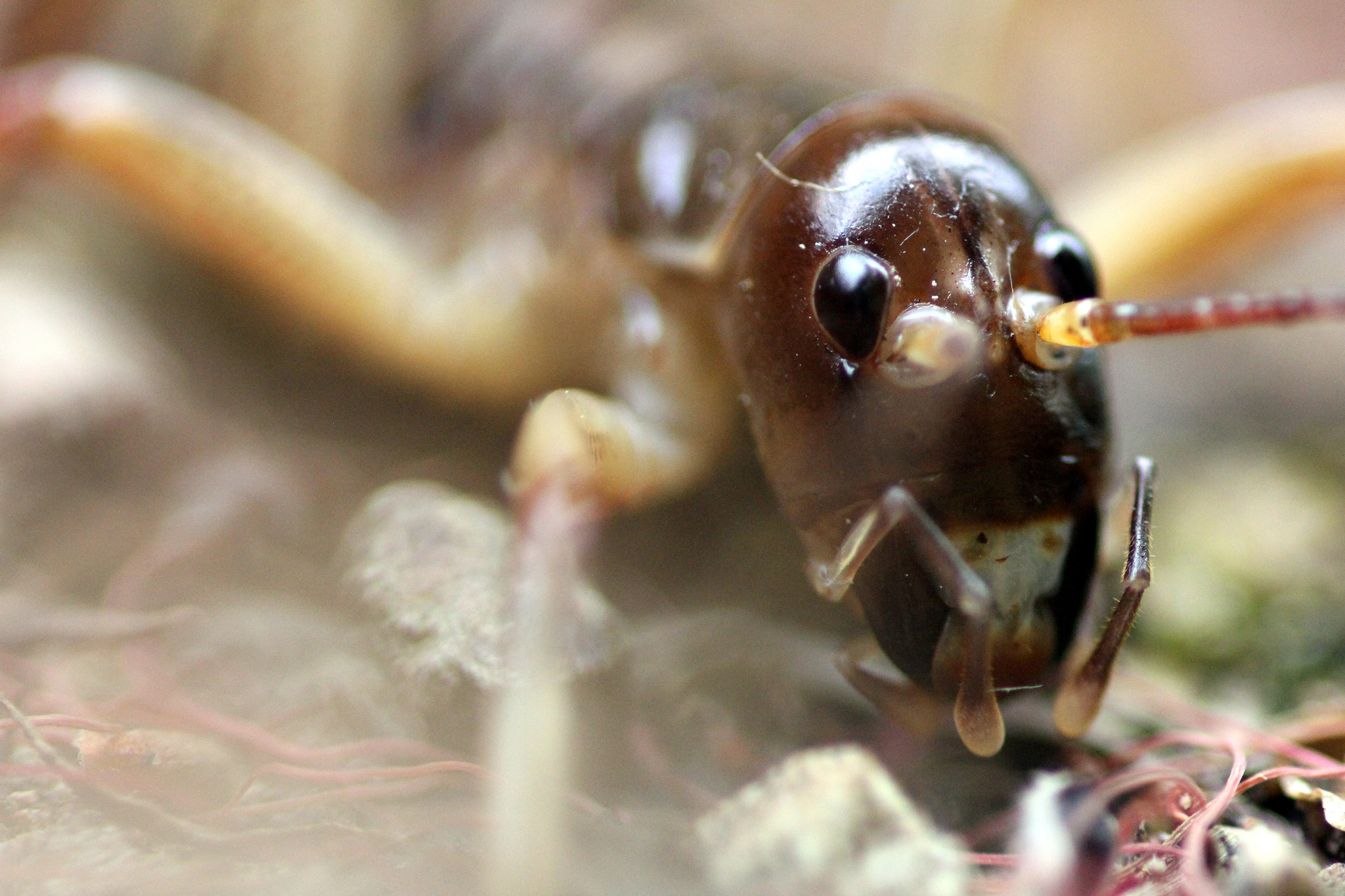May 19, 2025
UNOC 3 Position Paper
Read our position paper on The 3rd United Nations Ocean Conference (UNOC 3) to see why we're attending and what we aim to accomplish!
We use cookies to help you navigate efficiently and perform certain functions. You will find detailed information about all cookies under each consent category below.
The cookies that are categorized as "Necessary" are stored on your browser as they are essential for enabling the basic functionalities of the site. ...
Necessary cookies are required to enable the basic features of this site, such as providing secure log-in or adjusting your consent preferences. These cookies do not store any personally identifiable data.
Functional cookies help perform certain functionalities like sharing the content of the website on social media platforms, collecting feedback, and other third-party features.
Analytical cookies are used to understand how visitors interact with the website. These cookies help provide information on metrics such as the number of visitors, bounce rate, traffic source, etc.
Performance cookies are used to understand and analyze the key performance indexes of the website which helps in delivering a better user experience for the visitors.
Advertisement cookies are used to provide visitors with customized advertisements based on the pages you visited previously and to analyze the effectiveness of the ad campaigns.

Wētā are giant insects that live in New Zealand and nowhere else in the world.
There are many subspecies of Wētā; these can be found in trees, lowlands, caves, sand dunes, and soil. They look similar to grasshoppers, except for the obvious difference in size. New Zealand’s indigenous people, Maori, call Wētā “punga,” meaning the “spirit of ugliness.”

While the Wētā may not be the cutest native New Zealand species, it supports ecosystem functioning. Wētā consume native plants and some even eat worms and snails. The Mackenzie Wētā is a Tree Wētā, which is primarily herbivorous. They communicate through stridulation–by scraping pegs on their hind legs to make a chirping sound.

Wētā have experienced concerning population decline ever since the arrival of invasive species to New Zealand. Predators like rats and weasels can easily catch these large insects. Invasive Australian redback spiders also threaten New Zealand’s wētā. One subspecies in particular, the Mackenzie wētā, is considered Nationally Critical, the last classification before Extinct.
Wētā and other native island species are at risk of extinction largely because of predatorial invasive species. There is hope, however, given New Zealand’s plan to remove all invasive predators by 2050.
Featured photo: New Zealand Tree Wētā. Credit: Stewart Baird
Sources:
Wild About New Zealand
Teara
NZ Herald
Check out other journal entries we think you might be interested in.
Notifications